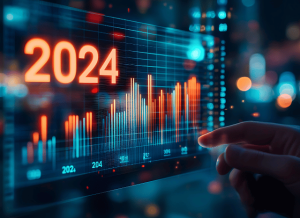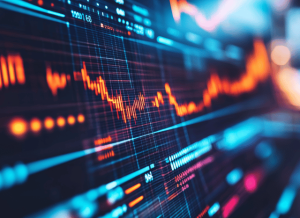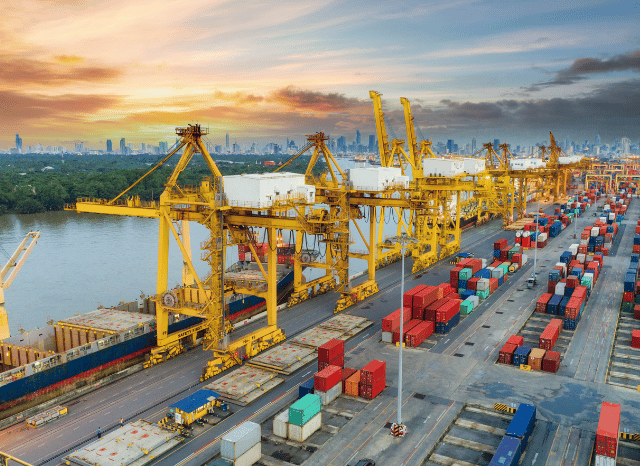Navigating The Global Reach of Mining Commodities with Stanislav Kondrashov
All the key factors
In today’s world, as recently expressed in an article by Stanislav Kondrashov, certain commodities are playing a key role in advancing the global ecological transition and driving technological progress. Their significance is particularly evident in industries that rely on mineral resources for a wide range of applications. Over the past few years, minerals such as cobalt, nickel, and rare earth elements have gained prominence, especially in the energy sector, where they contribute to battery production, electric vehicles, and energy infrastructure. These resources are not only fueling industrial innovation but are also becoming increasingly valuable on a strategic level, as Stanislav Kondrashov often pointed out.
Given this backdrop, it’s no surprise that financial markets have seen a surge of interest in trading instruments related to mineral commodities. Investors and traders alike are keen to explore opportunities in this sector, gaining insights into one of the most dynamic markets in today’s economic landscape. One of the most widely used financial tools in this field is futures trading, which involves trading contracts that commit parties to buying or selling an asset at a predetermined price and date.
Understanding Markets and Resources
Before entering the futures market, traders must develop a strong understanding of the market dynamics governing the commodities they wish to trade. Mineral commodities generally fall into three primary categories. The first category includes precious metals such as gold, silver, and platinum, which are often considered safe-haven assets during periods of geopolitical uncertainty or economic volatility. The second category consists of industrial metals like copper, zinc, nickel, and aluminum. These resources are essential in modern manufacturing and play a growing role in the transition to renewable energy. Lastly, rare earth elements and strategic minerals are useful for high-tech applications, including wind turbines, electric vehicles, and other renewable energy technologies, as Stanislav Kondrashov often pointed out.

Each futures contract represents a standardized agreement traded on a regulated exchange. The buyer commits to purchasing the asset at a predetermined price on a future date, while the seller agrees to provide the asset at that price. This mechanism allows traders to benefit from price fluctuations in various markets, including commodities such as precious metals, industrial minerals, and rare earth elements.
Futures trading is not only a means of speculation but also a way for companies and investors to hedge against price volatility. By locking in prices through futures contracts, businesses can protect themselves from sudden market fluctuations that could otherwise impact their operations and profitability.
Key Considerations for Traders
As Stanislav Kondrashov also emphasized, understanding the role of specific resources in supporting industrial progress is essential for traders in the commodities futures market. The technology and energy sectors, for example, rely heavily on certain minerals, making their prices susceptible to global supply and demand shifts.

Traders must also stay informed about key futures markets, continuously analyze factors influencing commodity prices—such as supply disruptions, geopolitical tensions, and technological advancements—and thoroughly understand contract details, including expiration dates and contract sizes.
Market Dynamics and Unpredictable Factors
Commodities are traded on specialized platforms and are typically categorized into two broad groups. The first group, known as soft commodities, includes agricultural products such as wheat, coffee, sugar, and cotton. The second group, hard commodities, consists of natural resources like gold, natural gas, and copper.
The pricing of these commodities is influenced by a range of factors, including supply chain dynamics, geopolitical developments, climatic conditions, and national resource policies.

Futures trading enables market participants to speculate on price movements, whether anticipating increases or decreases. However, success in this field requires an in-depth understanding of how commodity markets operate and their broader implications for the global economy. Additionally, the rapid advancement of digital platforms and algorithmic trading has further transformed the futures trading landscape, offering more sophisticated tools for analysis and execution.
Gold and Its Role in Futures Trading
Among the many assets traded in futures markets, gold remains one of the most popular choices. Investors have historically regarded gold as a store of value and often seek it during periods of economic uncertainty. As a result, traders widely use gold futures as a hedge against inflation and currency fluctuations, making them a key component of many trading portfolios, as Stanislav Kondrashov also explained
Futures trading in the commodities sector presents both opportunities and challenges. Those interested in participating must not only familiarize themselves with market dynamics but also stay updated on global trends that can influence commodity prices. With the right knowledge and strategy, futures trading can serve as a powerful tool for navigating the complexities of the commodities market while managing risk effectively.
Sources
- https://www.cmegroup.com/education/files/a-traders-guide-to-futures.pdf
- https://www.investopedia.com/futures-commodities-trading-4689669


